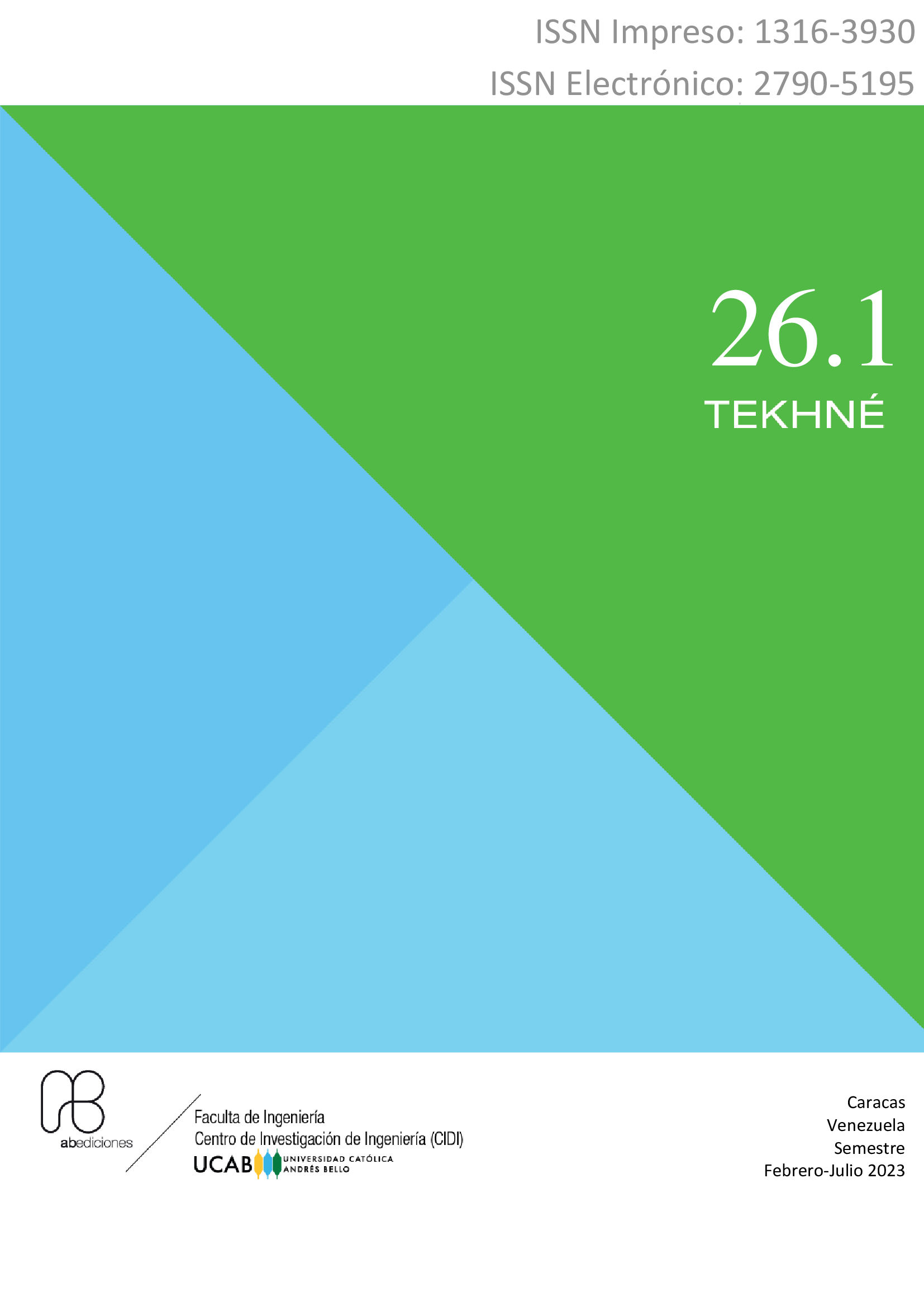Design of the Production Process for Textile Fiber Manufacturing Using Pineapple Leaves
DOI:
https://doi.org/10.62876/tekhn.v26i1.5713Keywords:
Textile fiber, alkali treatment, textile industry, production system design, pineapple leaves, PALF, wasteAbstract
The textile industry is one of the most polluting that exists today. In this industry, the fiber used par excellence is cotton, which despite having desirable qualities in the textile world turns out to be highly polluting, due to the amount of water necessary for its harvest. For this reason, it is necessary to venture into alternative fibers that mitigate the environmental impact of the conventional textile industry. One solution to this is to use waste in existing processes. In this article, the leaves of the pineapple fruit harvest (Ananas Comosus L.) are presented as raw material for obtaining textile fiber, which are considered waste in the production of this food. Thus. waste can be converted into a product with commercial value. The next work was a productive design proposal for the production of textile fiber from the use of pineapple leaves. For this, a documentary review of the various treatments applied to pineapple leaf fiber was carried out, to then propose a methodology that allows the fiber to be used as raw material in the textile industry. This research is a feasible project aimed at solving problems through a proposal for action. For this, in addition to the documentary search, expert criteria and cost assessment are used to study the proposed production system.
Keywords: Textile fiber, alkali treatment, textile industry, production system design, pinapple leaves, PALF, waste
Downloads
References
Bioemprender (2023). Fibra textil a partir de piña. Disponible en: https://bio-emprender.tica.hn/tica-club/fibra-textil-a-partir-de-pina/
Minuta Agropecuaria (2015). Lara es el primer productor de piña en el país con 16.870 hectáreas. Disponible en: http://www.minutaagropecuaria.com/minuposts/lara-primer-productor-pina-pais-16-870-hectareas/#:~:text=Seg%C3%BAn%20el%20Ministerio,io%20de%20Agricultura%20y%20Tierras.
VidaAgro (2017). Cultivo de piña en Venezuela: Productor larense cosecha piñas con calidad industrial. Disponible en: http://www.vidaagro.com.ve/cultivo-de-pina-en-venezuela-productor-larense-cosecha-pinas-con-calidad-industrial/
Centro Nacional Electoral N.E. (2013). Elecciones Municipales 2013 > circunscripciones Electorales. Disponible en: http://www.cne.gob.ve/web/normativa_electoral/elecciones/municipales/circunscripciones.php
Instituto Nacional de Estadística (2011) XIV Censo Nacional de Población y Vivienda. Resultados por entidad Federal y Municipio del Estado Lara. Disponible en: http://www.ine.gov.ve/documentos/Demografia/CensodelPoblacionyVivienda/pdf/lara.pdf
Rafiqah, A; Abdan, K; Nasir, M; Asim, M (2020). Effect of Extraction on the Mechanical, Physical and Biological Properties of Pineapple Leaf Fibers. Disponible en: https://doi.org/10.1007/978-981-15-1416-6_3
Ismoilov, K; Chauhan S; Mingxing, Y; Quan, H (2019) Spinning System for Pineapple Leaf Fiber via Cotton Spinning System by Solo and Binary Blending and Identifying Yarn Properties. Disponible en: 10.4236/jtts.2019.54008
Philippine Folklife Museum Foundation (2018) History and Origin of Piña. Disponible en: https://philippinefolklifemuseum.com/portfolio-items/history-and-origin-of-pina/
Bonilla. N; (2018). Elaboración de un no tejido a partir de la fibra de piña mediante la técnica del punzonado para obtener un producto similar al cuero en cuanto a su textura y apariencia. [Trabajo de graduación, Universidad Técnica del Norte]. Disponible en: http://repositorio.utn.edu.ec/handle/123456789/7873
Ananas-Anam (2017). #MadeFromPiñatex. Disponible en: https://www.ananas-anam.com/products-2/
Jaramillo-Quinceno, N; Vélez, J; Cadena, E; Restrepo, A; Santa, F (2018). Improvement of Mechanical Properties of Pineapple Leaf Fibers by Mercerization Process. Disponible en: DOI 10.1007/s12221-018-8522-3.
Zhapan, M; Mosquera J (2019). Obtención de fibras textiles a partir de residuos orgánicos. [Trabajo de graduación, Universidad del Azuay]. Disponible en: https://bit.ly/2LbKevB
Downloads
Published
How to Cite
Issue
Section
License
Copyright (c) 2023 Tekhné

This work is licensed under a Creative Commons Attribution-NonCommercial-ShareAlike 4.0 International License.




